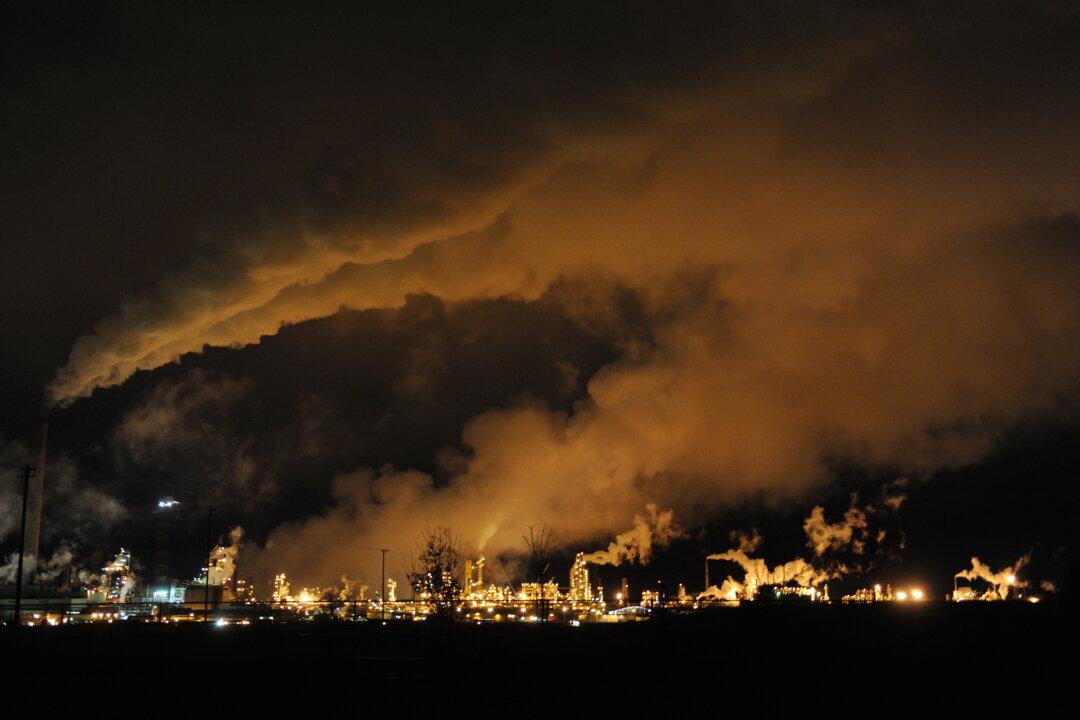Oil and gas prices are dropping rapidly and consumers are jumping for joy. But investors may be experiencing a little anxiety.
The business of oil production and whether or not it can sustain itself during this industry downturn relies upon two main factors—cost of production and return on investment.
Investors with interests in Canada and the United States, who are weighing their options in this volatile market, may consider choosing one country’s oil production method over the other. It’s important to understand that the oil production business in these two countries is very different, yielding equally different results.
Cost versus production is the determining factor when considering investment.
, Managing Director, Energy Services, Alpina Capital





